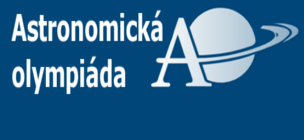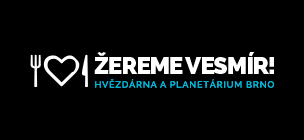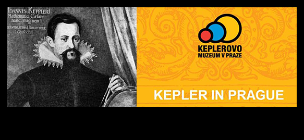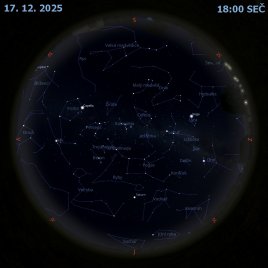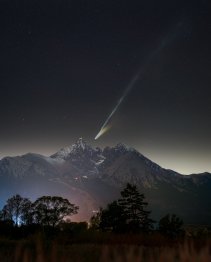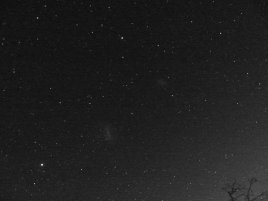Rozhovory o vesmíru s Joelem Parkerem
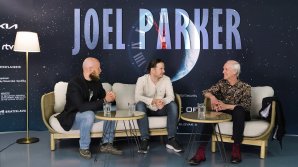
Autor: Ústav teoretické fyziky a astrofyziky PřF MU
V tomto díle Rozhovorů o vesmíru si naše akademická dvojice fyziků odchytla na festivalu vědy Starmus v Bratislavě známého amerického fyzika, Joela Parkera. Host nás zaujme vyprávěním o vesmírných sondách, podílel se např. na projektu sondy New Horizons, která se dostala až na hranici sluneční soustavy.
Věda, nebo umění: co je důležitější koncept v lidském životě? Na první pohled to vypadá, že jde o rivalitu dvou protichůdných živlů. Věda je postavená na pravdě, jednoznačné interpretaci, popisuje zákony přírody a řídí se logikou. Zákony vesmíru jsou vyjádřeny jazykem vědy. Na druhé straně máme umění: každý z nás ho vnímá jinak, souvisí s našimi emocemi, které skrz něj vyjadřujeme. Je založené na naší kreativitě, nemá striktní pravidla a může mít jakoukoliv formu, ať už je to divadlo, literatura, nebo hudba. Náš host je sice vědec, ale umění se věnuje velmi intenzivně: je herec i hudebník. Dostaneme se díky němu do vnitřního rozporu, jestli věda a umění jsou opravdu navzájem vymezené oblasti bez společných cílů, a možná vás přesvědčí o opaku.
Ale zpátky do vesmíru. Zůstaneme tentokrát v naší vesmírné předzahrádce, sluneční soustavě. Dozvíme se zajímavé věci o její struktuře, vzniku a vývoji, a jak tomu mohou významně přispět dvě šikovně vyslané sondy. První výše zmíněná, New Horizons, pořídila množství informací o asteroidech Kuiperova pásu a krásně vyfotila nejen Galileovy měsíce, ale i měsíce Pluta.
Dále se dotkneme dědictví kultury našeho lidstva zaznamenaném na zlaté desce sondy Voyageru 1, a jak se našemu umělecky založenému hostu tento výběr líbí. Doktor Parker dále nám prozradí, co má v plánu sonda Lucy, vypuštěná v říjnu 2021, která bude důkladně prozkoumávat pás asteroidů mezi Jupiterem a Marsem od roku 2026.
Toto a mnohem více si můžete poslechnout v záznamu videa zde:
